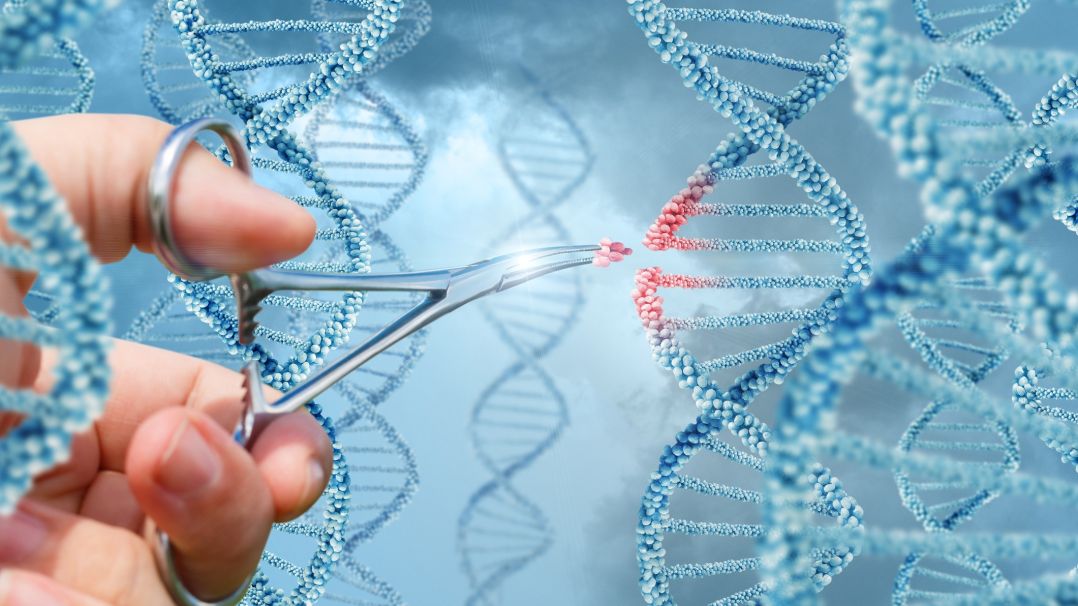Human Genome Editing and the fight against Genetic Diseases
A blog on what Human Genome Editing is, the fight against Genetic Diseases and the infamous Dr He Jiankui experiment. | Servca
Insight
February 20, 2019

At the end of 2018 Scientists all over the world were in outcry over a very serious and ethical subject: Human Gene-Editing.In November 2018 Dr He Jiankui, a Chinese biophysics researcher, announced he had conducted the first genome-editing experiment on an embryo and had successfully implanted into the embryo into the mother and brought into term. This experiment was conducted without public discussion and without ethical assessment. Dr Jiankui’s aim was to create a mutation within a specific gene. This gene creates a protein which allows HIV to enter the cell. The aim was to protect the children from HIV infection.This has re-sparked the timeless scientific debate of the modern world: Could medical science soon eradicate genetic diseases entirely?
So what is a Genome?A genome is a very important genetic material in our DNA. When we reproduce, the DNA’s double helix splits into two, passing one half of each parent’s DNA onto the child. This can pass on any faulty genes or mutations that run through that DNA. The smallest genetic error can be the cause of a serious disease. These genomes can be edited using special technology that cuts or replaces specific strands of DNA. This technology is called CRISPR.Scientists hope eventually they will be able to edit the strands of human DNA which cause currently un-treatable genetic disorders, including Huntington's disease and cystic fibrosis. The first human trials are already underway in China and have been approved in the US – injecting patients with modified cells, rather than editing cells inside the patients, unlike Dr He Jiankui’s clinical experiment on DNA.
The ExperimentThe gene he was attempting to mutate was called CCR5 and is in fact a gene that few people actually carry. In fact, there are various strains of HIV that use other methods to enter the body than through the protein created by the gene CCR5. This means that despite the gene mutation of CCR5, there is no guaranteed protection from the varying forms of HIV. The twin girls were born in late October and appeared to be two healthy new-borns. However, this has raised concerns about long-term side effects from genome-editing. There has not been enough evidence, or experimentation, to confirm wherever or not side effects of birth-defects created by the genome editing may form later in life.This experiment has created arguments for and against the ethics behind genome-editing, and as to wherever or not it can make a medical difference. Many have condemned and criticised Jiankui’s conduct; however there have been many voices sparking the question as to wherever the CRISPR technology used to conduct the experiment may help eradicate genetic diseases. The Future of Human Gene-EditingIn response some bioethicists and scientists called for a global moratorium, prohibiting the use of CRISPR in DNA human embryo editing. However there were various arguments against this saying that it would heavily impact important research on genome editing. As a response The World Health Organisation has established an international committee. Their aim will be to establish uniform guidelines for editing human DNA in various ways, setting up ethical boundaries that will shape the future of human genome-editing.



